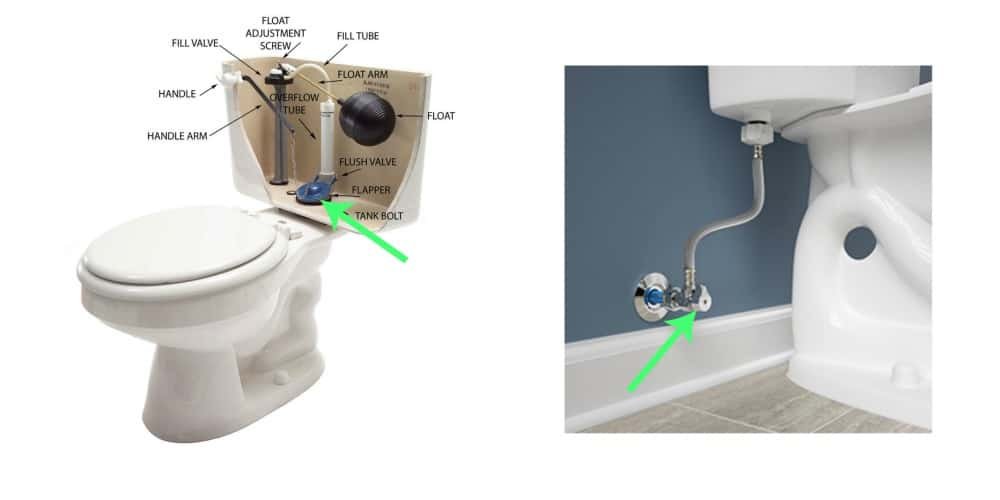Experiencing a clogged toilet is a common, albeit frustrating, household issue. It can disrupt your daily routine and if not addressed properly, may lead to more significant plumbing problems. Understanding how to unclog a toilet effectively and prevent future blockages can save you time, money, and unnecessary stress. This comprehensive guide provides step-by-step instructions and expert tips to help you tackle this unwelcome task with confidence.
Identifying the Cause of the Clog
Before diving into the unclogging process, it’s crucial to understand what’s causing the blockage. Common culprits include excessive toilet paper, foreign objects (such as toys, wipes, and hygiene products), and buildup of waste. Identifying the cause will not only aid in choosing the most effective unclogging method but also prevent future incidents.
Tools and Materials You’ll Need
Equipping yourself with the right tools can make the unclogging process smoother and more efficient. Here are some essential items to have on hand:
- Plunger: A toilet plunger with a flange is more effective than a flat-bottomed sink plunger.
- Auger (or plumber’s snake): Useful for more stubborn clogs that a plunger can’t clear.
- Rubber gloves: To maintain hygiene and protect your hands.
- Bucket and mop: For cleaning up any spills or overflow.
- Hot water: Helps to dissolve organic matter and soap that may be part of the clog.
Step-by-Step Guide to Unclogging Your Toilet
1. Preparation
Begin by donning your rubber gloves to protect your hands from germs and bacteria. If there’s a risk of overflow, place towels or newspapers around the toilet to soak up any spillage. Ensure the bathroom is well-ventilated to reduce unpleasant odors.
2. Using a Plunger
Position the plunger in the toilet bowl, ensuring the flange is inserted directly into the drain opening. Press down gently to achieve a seal and then vigorously pump the plunger up and down. The goal is to create enough suction to dislodge the blockage. After several pumps, pull the plunger up sharply to create additional pressure. It may take multiple attempts to clear the clog.
3. Employing an Auger
If plunging doesn’t resolve the issue, an auger can reach deeper into the drain. Insert the auger’s cable into the toilet bowl until you feel resistance, then turn the handle clockwise to break through the clog. Once you’ve penetrated the blockage, retrieve the auger and flush the toilet to ensure the water flows freely.
4. Hot Water Method
For less severe clogs, boiling a gallon of water and allowing it to cool slightly before pouring it into the toilet bowl can help. The heat helps dissolve organic matter and soap. Be cautious not to use boiling water as it can crack the porcelain.
Preventing Future Clogs
1. Mindful Flushing
Educate all household members about what should and shouldn’t be flushed down the toilet. Only human waste and toilet paper are designed to be flushed. Even products labeled as “flushable,” such as certain wipes, can contribute to blockages.
2. Regular Maintenance
Routine cleaning and occasional use of hot water flushes can prevent the buildup of materials that lead to clogs. A mild detergent or baking soda and vinegar solution can help maintain cleanliness without damaging your plumbing.
3. Professional Help
For recurrent clogs or if you suspect a deeper issue, it’s wise to consult a professional plumber. They can diagnose and resolve problems that are beyond the reach of household tools.
Conclusion
Unclogging a toilet is a task that many prefer to avoid, but with the right knowledge and tools, it can be managed quickly and efficiently. By following the steps outlined in this guide, you can address most common clogs and prevent future issues. Remember, when in doubt, or if the problem persists despite your best efforts, it’s prudent to seek professional assistance. Regular maintenance and mindful usage are key to keeping your plumbing in top condition, ensuring that your toilet remains a reliable convenience rather than a source of frustration.
Frequently Asked Questions about Unclogging Toilets
1. Can I use chemicals to unclog my toilet?
Yes, there are chemical drain cleaners designed for toilets, but they should be used with caution. These chemicals can be harsh and potentially damage your plumbing or harm the environment. Always follow the manufacturer’s instructions carefully. If you prefer a more natural solution, a mixture of baking soda and vinegar can sometimes help to clear minor clogs.
2. How do I know if I need a plumber?
If you’ve tried using a plunger, a toilet auger, and other methods without success, it’s probably time to call a plumber. Additionally, if you experience frequent clogs, notice water backing up in sinks or showers when you flush, or hear gurgling sounds from your drains, these could be signs of a more serious plumbing issue requiring professional attention.
3. Can a toilet unclog itself over time?
In some cases, a minor clog might dissolve on its own, especially if it’s organic material. However, waiting for a problem to resolve itself can lead to bigger issues, such as an overflow. If the toilet isn’t unclogging after a few hours, it’s better to take action rather than hope for it to clear on its own.

